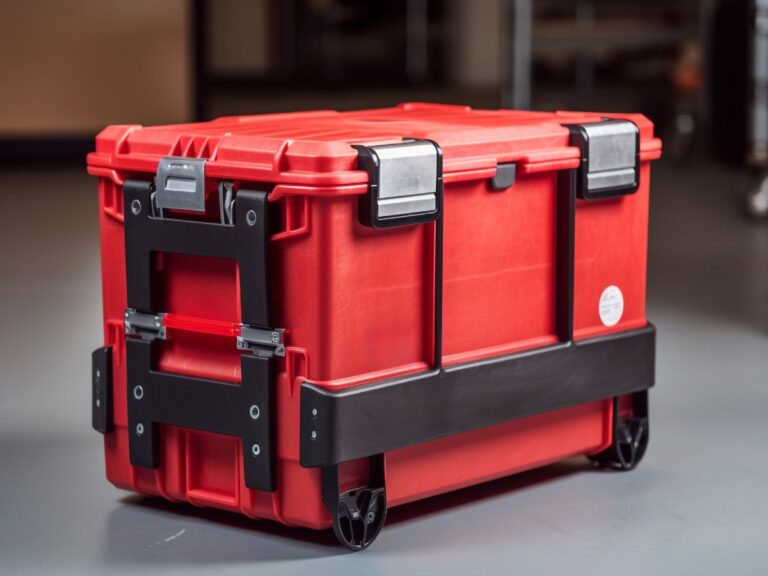Generators are life-savers, but they’re often the most neglected machinery, and you pay heed to them only when they stop working.
However, just like any other equipment, it’s crucial to timely check your generators. Not only will that boost the efficiency immediately, but it will also prolong your generator’s life.
However, not every one of us is adept at handling heavy machinery, so how can you maintain it? Well, maintenance is nowhere as tricky as repair. Hence, by following a few simple and straightforward steps, you can easily tackle the task of standby and portable generator maintenance.
Read on as we take you through some effortless generator maintenance hacks. Even if you’re a novice, these are pretty simple to follow.
Why is Generator Maintenance Necessary?
Before we get down to curating a generator maintenance checklist, you must first understand why it’s required. Since a generator will probably come to your rescue in times of power outage, you can’t afford to be careless.
Moreover, you’ll install generators as backups, so they must be in working condition to help you in times of need. The best part is, if you maintain it with some vigilance, it can last you for up to 25 years.
5 Easy Tips For Generator Maintenance
In this section, we’ve listed the 5 best ways for you to maintain your generator. Additionally, these tips are easily workable and straightforward to incorporate.
1. Regular Cleaning
This one is probably the most obvious advice, and you must ensure that your generator’s engine is dirt-free. Due to the various oils and grease on the surface and inside the machine, dirt tends to pile up and solidify. Therefore, it becomes difficult for you to remove it after a while.
To combat this, you must periodically sanitize or wipe the surface of the engine with a washcloth. The best method is to use a degreaser or air-supply; however, you must avoid using a pressure washer. Also, keep the storage space clean and dry.
2. Keep A Check On The Oil
Oil runs a generator; hence, you need to keep an eye on it, especially in dirty conditions. You must also ensure that the oil in the engine is sufficient to help it run. That is because your generator will shut-down to prevent permanent damage to the machine.
Additionally, you need to maintain proper coolant levels as it can result in generator malfunction. While you can check the coolant status through the catch tank, oil levels are visible using the dipstick.
Take it out and put it back in after wiping off the grease. Then, when you remove it again, you can gauge the level. Moreover, we strongly advise you to replace the oil after using it for 100 hours, even if it’s full.
3. Check Other Parts
Spark plugs, strainers, and air filters are essential components and ultimately affect your generator’s durability and safety. Therefore, you need to keep a routine check on these and keep them clean to maintain efficiency. You must replace the air filter every month and keep it clean.
Additionally, spark plugs of any engine are prone to damage, so they warrant frequent replacements. Moreover, you must remove them and clean them thoroughly using spark plug cleaners and a wire brush.
Similarly, it’s vital that you check for residues inside the strainer and remove them, as required. Apart from performing these checks, you can tighten the components if you spot any leaks.
4. Portable Generator Maintenance
The same rules apply here as for the regular standby generators. The only difference is that you can be a little more relaxed with the portable generators. That’s because they are smaller, portable, and you can only use them when you plug them in.
Nonetheless, you must run them at least once a month to ensure that they work correctly. In contrast, we recommend that you run the standby generators every seven days. Additionally, you need to replace the dirty oil after 100 hours of usage.
5. Hire A Professional
It would help if you gave your generators yearly routine checkups by a technician or machinery expert. This way, you can effectively look out for any faults or potential battery and engine damages. Moreover, if your generator operates amid excessive heat or dirt, you must do it every six months.
This tip is non-mandatory to follow, provided you have some requisite knowledge about generators. However, you must always contact a technician if you sense an issue with the engine as it can be hazardous.
Endnotes
By following through on these tips and tricks, you can tick-off your generator maintenance checklist. By the end of this, you’ll have a highly efficient and fully functional generator on your hands.
Moreover, depending on its condition, it may run as well as a brand-new one. Hopefully, now you’re well-versed with standby and portable generator maintenance, and you can do it all by yourself.




